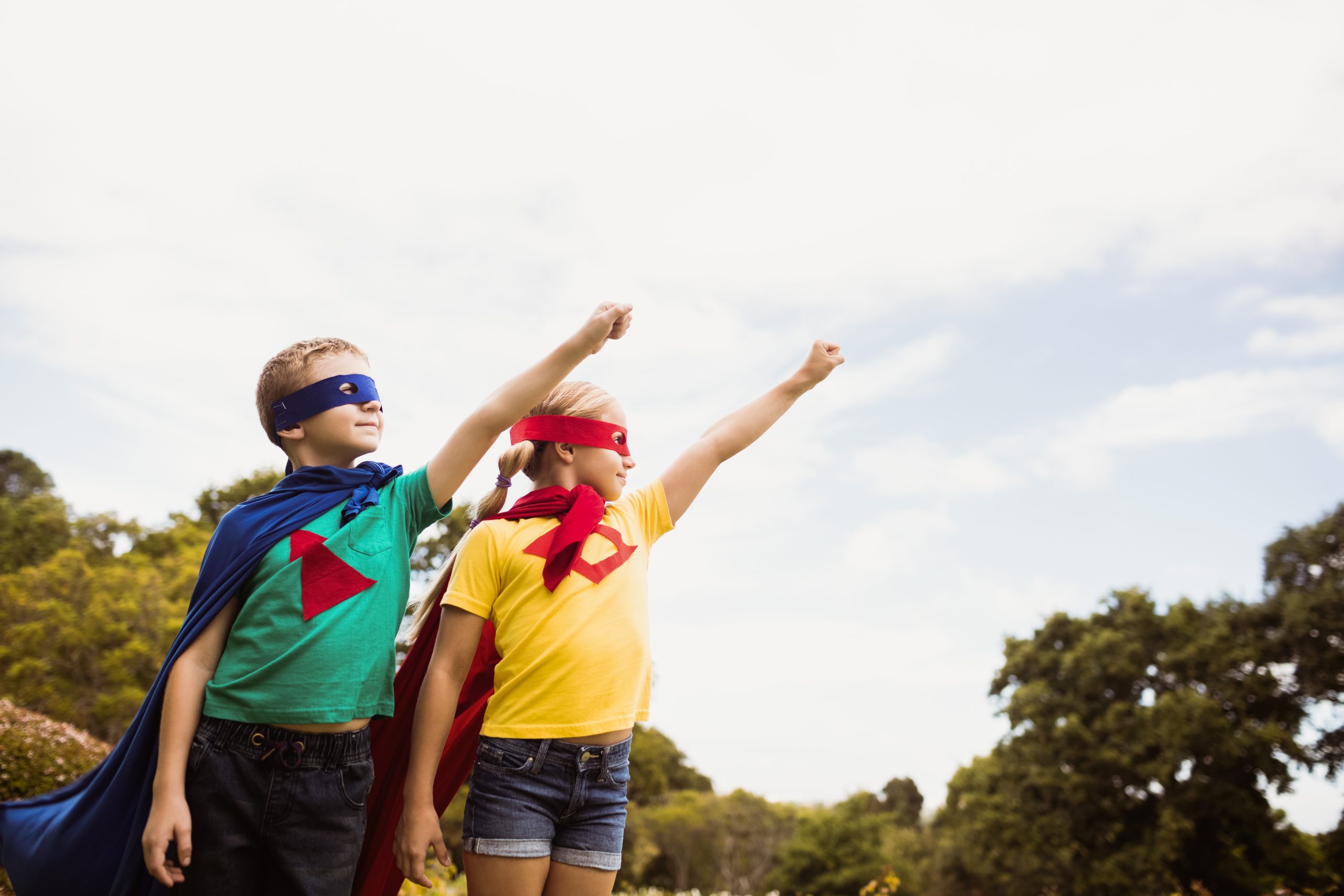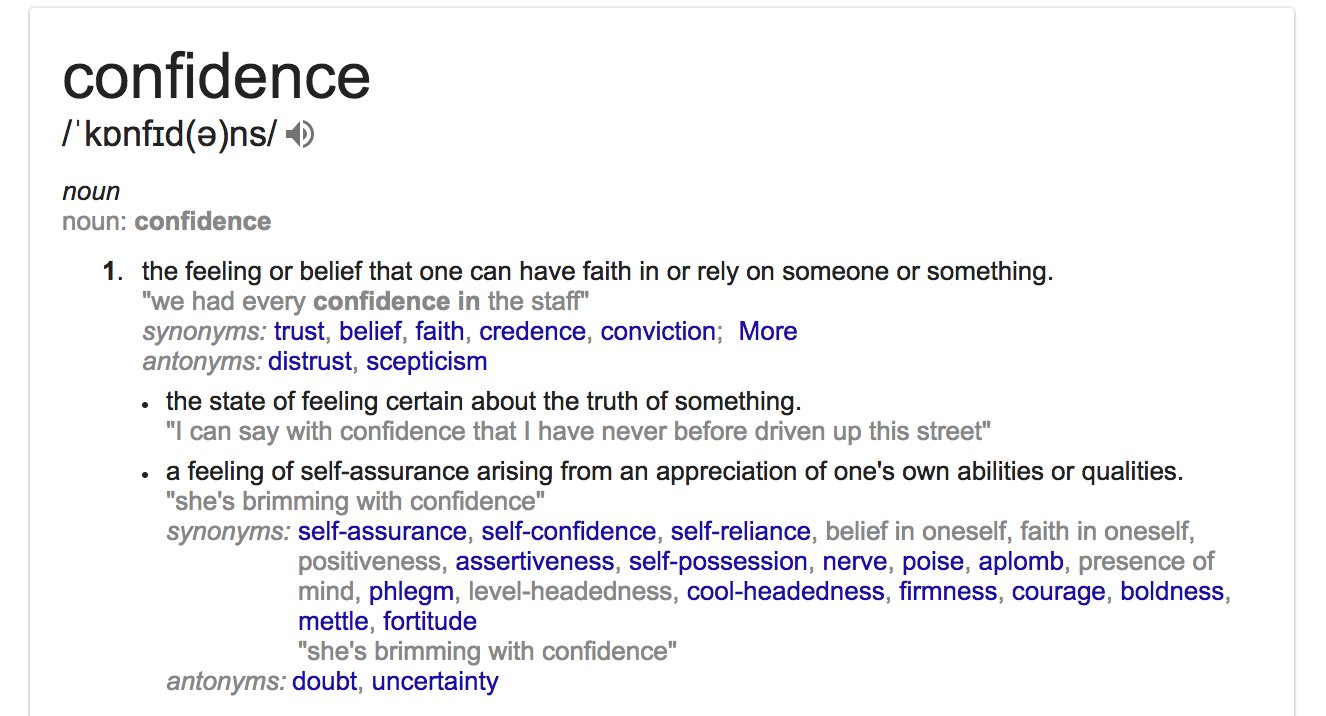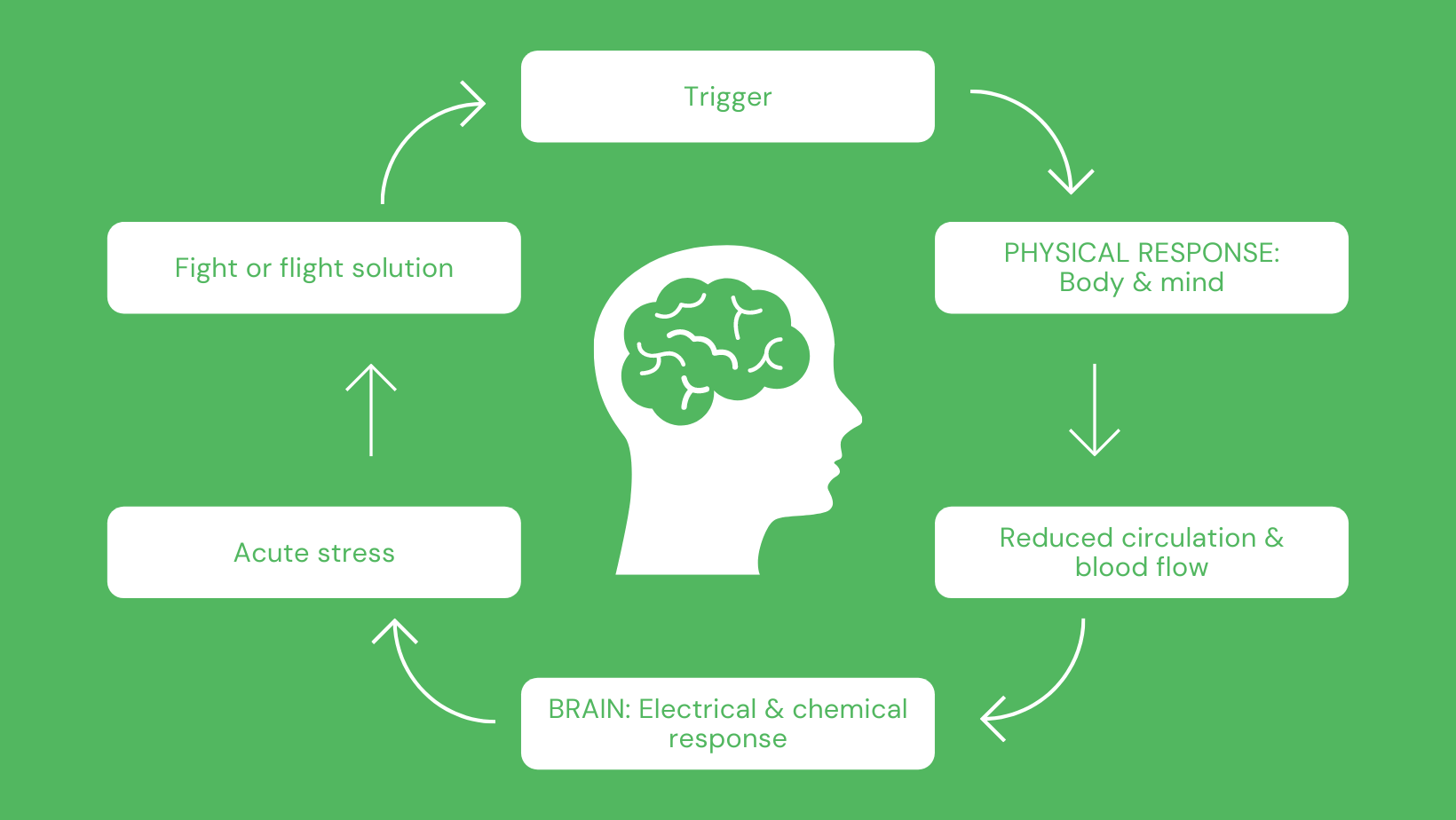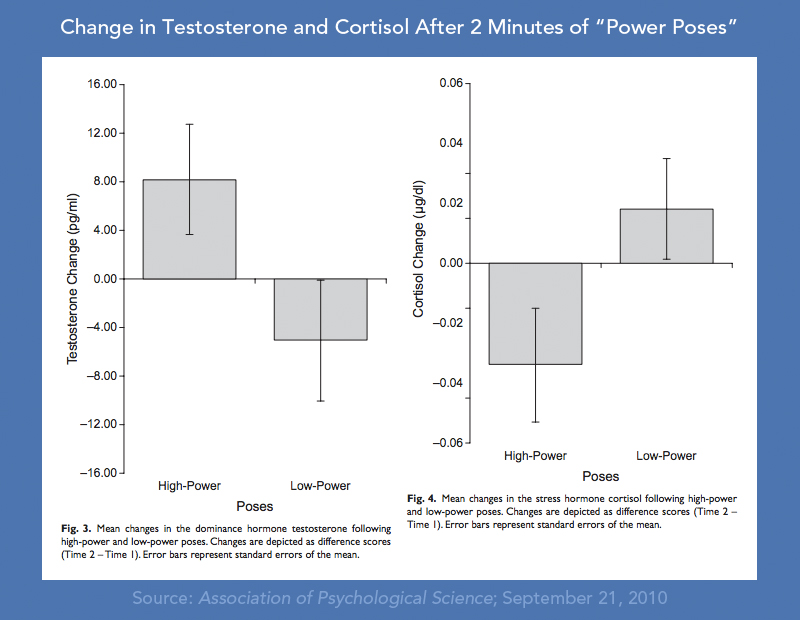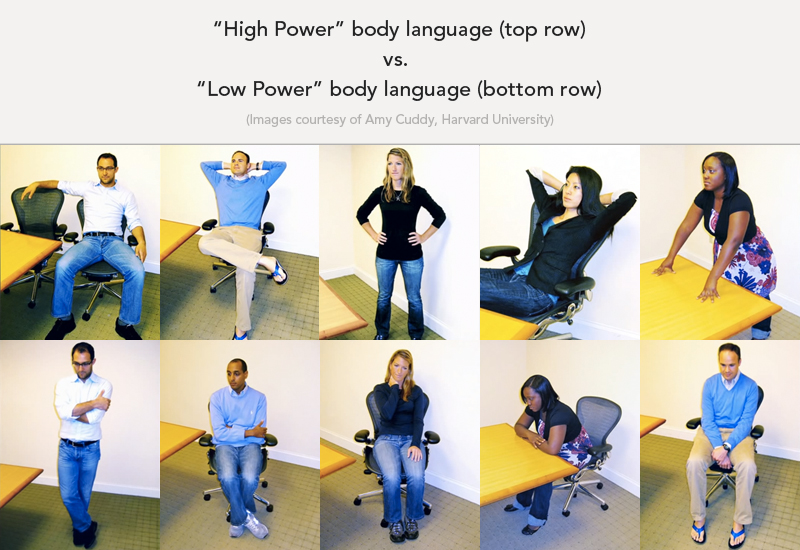Whenever a parents and student starts working with Art of Smart, we often ask, “What’s the #1 goal that you’d like to achieve from tutoring and mentoring with Art of Smart?” What we’ve discovered is that the answers aren’t just to do with improved grades and excelling in academics — a lot of them are seeking to develop confidence.
To give yourself and your child the strategies to work on their confidence, we spoke to Dale Rees-Bevan, a Master Facilitator and Speaking Coach who runs an incredible organisation called ChatterCamp, an annual 3-day fun educational holiday camp for primary school students.
So if you want to learn the strategies for helping your child develop their confidence, then keep reading!
What is confidence?
Step #1: Make Friends with Your Amygdala
Step #2: Preparation is Your Best Friend
Step #3: Lead with Your Body
Step #4: Practise Public Speaking in a Safe, Friendly Environment
What is confidence?
Confidence is the ‘feeling of self-assurance arising from an appreciation of one’s own abilities or qualities.’
What’s great about confidence is that it is transferable. When you build confidence in one area of your life, it translates into other areas.
And that’s exactly why parents and students ask for tutoring and mentoring — their hope is that by developing confidence in one academic area, it will have an overall effect of increasing confidence across other areas of life as well!
So how can you help your child develop great confidence? Here are Dale’s 4 steps to helping your child develop their confidence in life:
Step #1: Make Friends with Your Amygdala
When we feel fear, it is caused by our ‘amygdala’ in our brain that triggers our flight or fight response. While this is critical for survival, our amygdala is often over sensitive and over protective.
For example, when we stand up to deliver a speech, or ask a question in class, we are perfectly safe — our life is not in danger. Our amygdala nevertheless kicks into gear and it triggers our flight or fight response resulting in our pounding heart, sweaty palms, and a sense of anxiousness.
This is known as an amygdala hijack.
This is a natural response of our bodies — we can’t turn it off, however we can learn respond to it better.
As Mark Twain says:
“Courage is resistance to fear, mastery of fear, not the absence of fear.”
One of the best ways you can help your child learn how to respond positively when they feel fear is to help them make friends with their amygdala.
At Chatter Camp we help students learn to acknowledge and develop self-awareness when their amygdala (who is renamed ‘Amigo’ – friend) is protecting them. When they feel fear, students learn to acknowledge their ‘Amigo’, and communicate with it, telling it:
“Hey Amigo, Thanks for protecting me — I appreciate it, but you’ve got it wrong! This isn’t a dangerous situation. I’m okay, and you can stand down.”
This conscious conversation with their ‘Amigo’ helps students move past their instinctual response to fear, and to be able to push past it to give a better performance!
As a parent, we recommend that the next time your child experiences fear, explain to them the role of the amygdala and also explain that fear is a natural, normal response. Just because you feel nervous, it doesn’t mean you can’t perform well.
Encourage them to make friends with their ‘Amigo’ and to have a conversation with it! While it might appear simple, it’s a powerful strategy to help anyone push through fear and develop confidence.
Strategy:
- The next time your child experiences fear, teach them about the amygdala
- Get them to make friends with their amygdala by calling it ‘Amigo’
- Help them to develop a phrase to acknowledge when their Amigo is protecting them, but needs to stand down
Step #2: Preparation is your best friend
“One important key to success is self-confidence. An important key to self-confidence is preparation” — Arthur Ashe
The more prepared we are, the more confident we feel.
Why?
Through practice, we reduce the uncertainty in a situation and this will make it less likely that we experience an amygdala hijack. Additionally, the more we practise, the better we get, and the more competent we feel, the more confident we feel!
So your piano teacher had it right all along — practice does make perfect, but not in the way they perhaps intended.
Practise builds confidence!
If your child has a presentation to deliver for school or has an exam or test coming up, the best thing they can do to develop confidence is to do a couple of practice run throughs before the event. Each practice run builds an additional layer of confidence.
Looking for resources for your child to practise with? Check out our Downloadable Year 1 Reading Comprehension Worksheets to print out at home!
Strategy:
- Whenever your child has a speech, presentation, performance or exam explain to them how practice will help them feel confident
- Help your child go through practice runs — either as a friendly audience member, or by helping them set up the environment for them to practise
Step #3: Lead with your body
Looking confident is a big step towards being confident.
Amy Cuddy is a researcher at Harvard University who studies body language and the impact it has on your hormones and your confidence.
You can watch her TED talk here!
She identified that higher testosterone makes us feel more confident while lower cortisol levels make us feel less anxious and more able to deal with stress.
Through her research, Amy Cuddy identified body language poses that were ‘high power’ and ‘low power’:
What was fascinating is that Cuddy discovered that with just 2 minutes of being in a ‘high power’ pose students testosterone levels increased by 20% and cortisol levels fell by 25%.
In other words, just 2 minutes of being in a high power pose could make someone feel more confident, lower their anxiety, and improve their ability to deal with stress.
So, if your child is feeling anxious, stressed or fearful, we recommend you get them to stand like this for 2 minutes (and join in with them)!
This is called the ‘Wonder Woman’ pose and it enables you to create an open body language with strong stance. To help students develop this we get them to stand with their feet shoulder width apart, and encourage them to have ‘roots through your boots’ so feel a strong connection to the ground so they are firm.
We then encourage the student to take some deep breaths, maintain eye contact, and slowly after they have built a feeling of confidence to relax their arms.
Strategy:
- If your child is feeling anxious, get them to stand in the Wonder Women power pose for 2 minutes!
- Join in with them to help them develop more confidence — model the behaviour!
- Remember, ‘roots in your boots’ and breathe deeply!
Step #4: Practise public speaking in a safe, friendly environment
One of the best ways to help your child develop confidence is to get them to practise public speaking in a safe, friendly environment.
Why?
For many children (and indeed, people) fear of speaking is one the biggest fears they have. In fact, surveys have revealed that our biggest fear (even greater than death) is the fear of public speaking!
The idea of preparing a presentation, delivering a performance, or giving a speech is often one that leaves a child in emotional turmoil.
At the same time, if you can successfully deliver a speech and overcome your greatest fear, you feel amazing! Your confidence soars and it transfers across your entire life.
There you have it!
Now that you’ve learnt 4 steps to develop confidence, it’s time to impart that knowledge onto your child so they can increase theirs!
You can also check out some of our other wellbeing resources here!
Dale Rees-Bevan, director of SpeakersBank and founder of ChatterCamp, is a professional speaker and trainer who works with individuals and organisations to empower people with more effective presentation skills. Dale has worked with professionals from all walks of life and believes in building on existing strengths to develop confidence and then fine-turning for better speaking performance.

